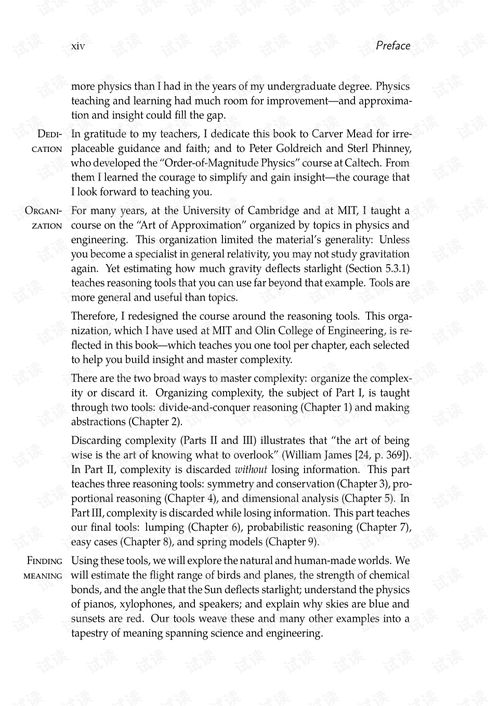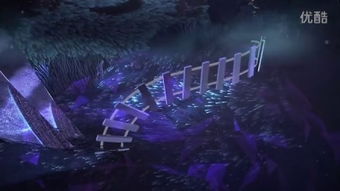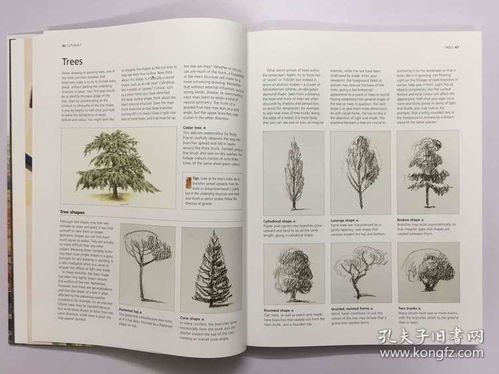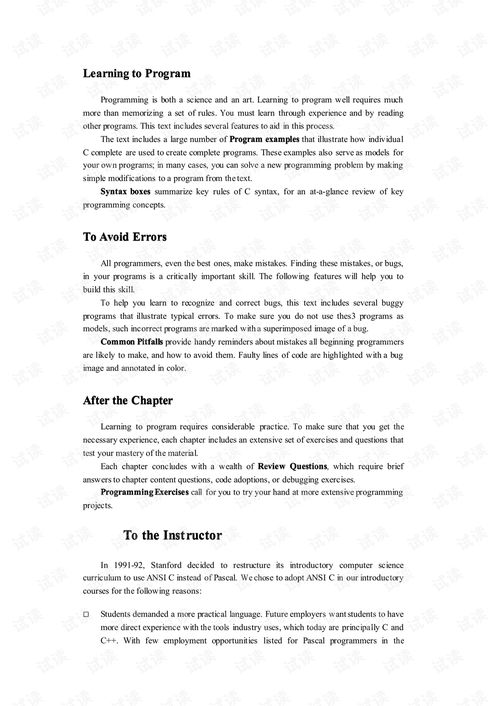Content:
Tidal fishing is an exciting and rewarding activity that has been enjoyed by anglers for centuries. The ebb and flow of the tides create unique fishing opportunities, and mastering the techniques required to take advantage of these conditions can greatly enhance your fishing experience. Whether you are a beginner or an experienced angler looking to improve your skills, this article will provide you with valuable insights on how to master the art of tidal fishing.
Understand the Tides
Before you can effectively fish during the tide, it is crucial to understand the basics of tides. Tides are caused by the gravitational pull of the moon and the sun on the Earth's oceans. There are two main types of tides: the spring tide and the neap tide.
Spring Tides: These occur when the Earth, moon, and sun are aligned, resulting in higher high tides and lower low tides. Spring tides are typically more productive for fishing, as the fish are concentrated in the areas where the water is moving.
Neap Tides: These occur when the Earth, moon, and sun form a right angle, resulting in higher high tides and higher low tides. Neap tides are less productive for fishing, as the fish are spread out over a larger area.
Choose the Right Equipment
To fish effectively during the tide, you will need the right equipment. Here are some essential items to consider:
Rod and Reel: Choose a rod and reel that are suitable for the type of fish you are targeting. A medium-heavy rod and reel combination is often a good choice for tidal fishing.
Line: Use a strong, abrasion-resistant line, such as braided line, to handle the strong currents and potential snags.
Hooks: Select hooks that are appropriate for the size and species of fish you are targeting.
Bait or Lures: Choose bait or lures that are known to attract the fish species in your area.
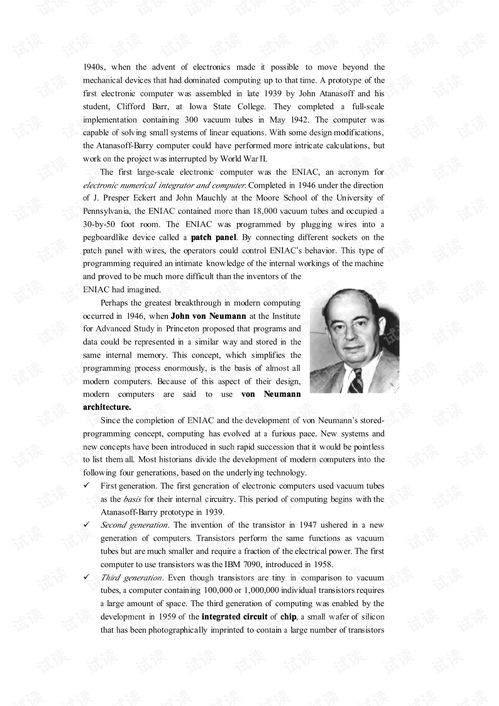
Choose the Right Location
To maximize your chances of success, it is important to choose the right location for tidal fishing. Here are some tips:
Research: Study the local fishing spots and identify areas where fish are known to congregate during the tide.
Current: Look for areas where the current is strong, as these are often the best spots for catching fish.
Structure: Fish tend to gather around structures such as rocks, reefs, and docks, so consider these factors when choosing your location.
Learn the Tidal Cycle
Understanding the tidal cycle is crucial for successful tidal fishing. Here are some key points to remember:
High Tide: Fish are often found near the shore during high tide, as they feed on the incoming tide. This is a good time to fish in areas with a strong current.
Low Tide: Fish may move to deeper water during low tide, so consider targeting these areas when the water is receding.
Ebb and Flow: The ebb and flow of the tide can create strong currents. Pay attention to these currents and fish accordingly.
Adapt Your Techniques
Tidal fishing requires adapting your techniques to the specific conditions. Here are some tips:
Timing: Fish during the optimal times of the day, such as during the high tide or when the current is strongest.
Presentation: Adjust your bait or lure presentation based on the current and water conditions.
Patience: Tidal fishing can be challenging, so be patient and persistent. Fish may take longer to bite during certain conditions.
Practice Safety
Safety should always be a priority when fishing during the tide. Here are some tips:
Check the weather forecast: Avoid fishing during inclement weather conditions.
Wear appropriate gear: Dress in layers and wear a life jacket if you are fishing from a boat.
Stay aware of your surroundings: Keep an eye on the water and be prepared to handle any unexpected situations.
In conclusion, mastering the art of tidal fishing requires understanding the tides, choosing the right equipment, selecting the best location, and adapting your techniques to the specific conditions. By following these tips and practicing safety, you can enhance your fishing experience and increase your chances of success. Happy fishing!
